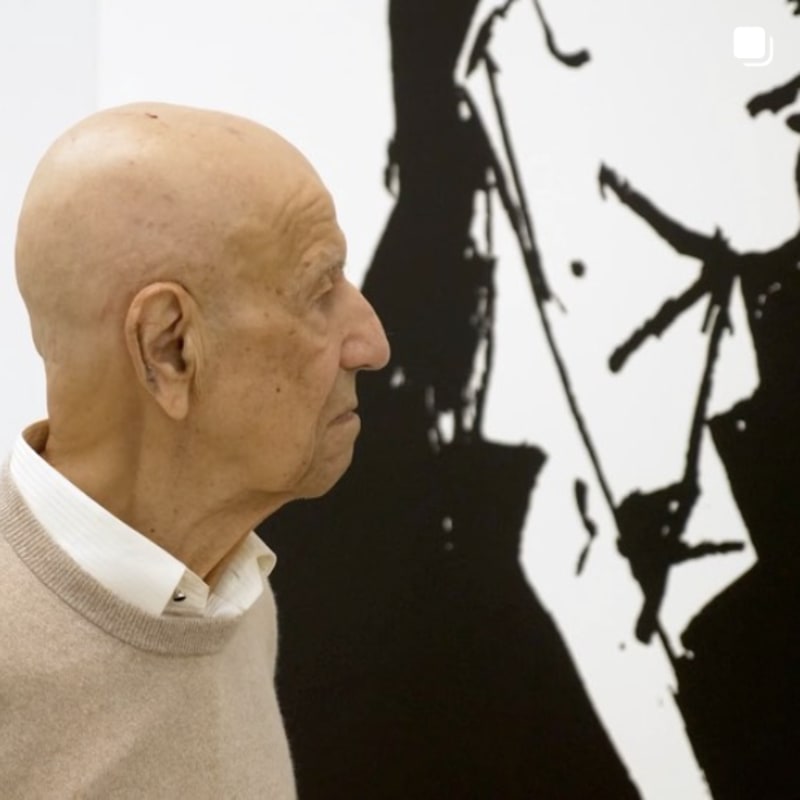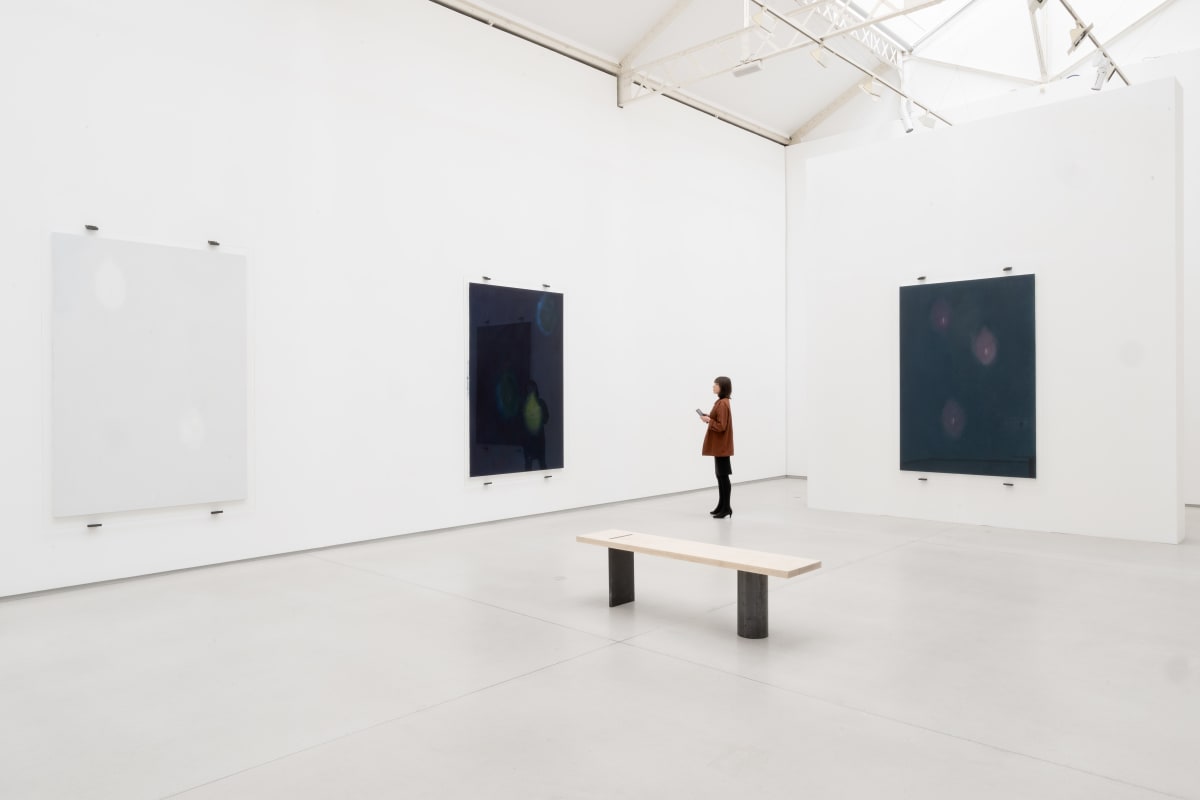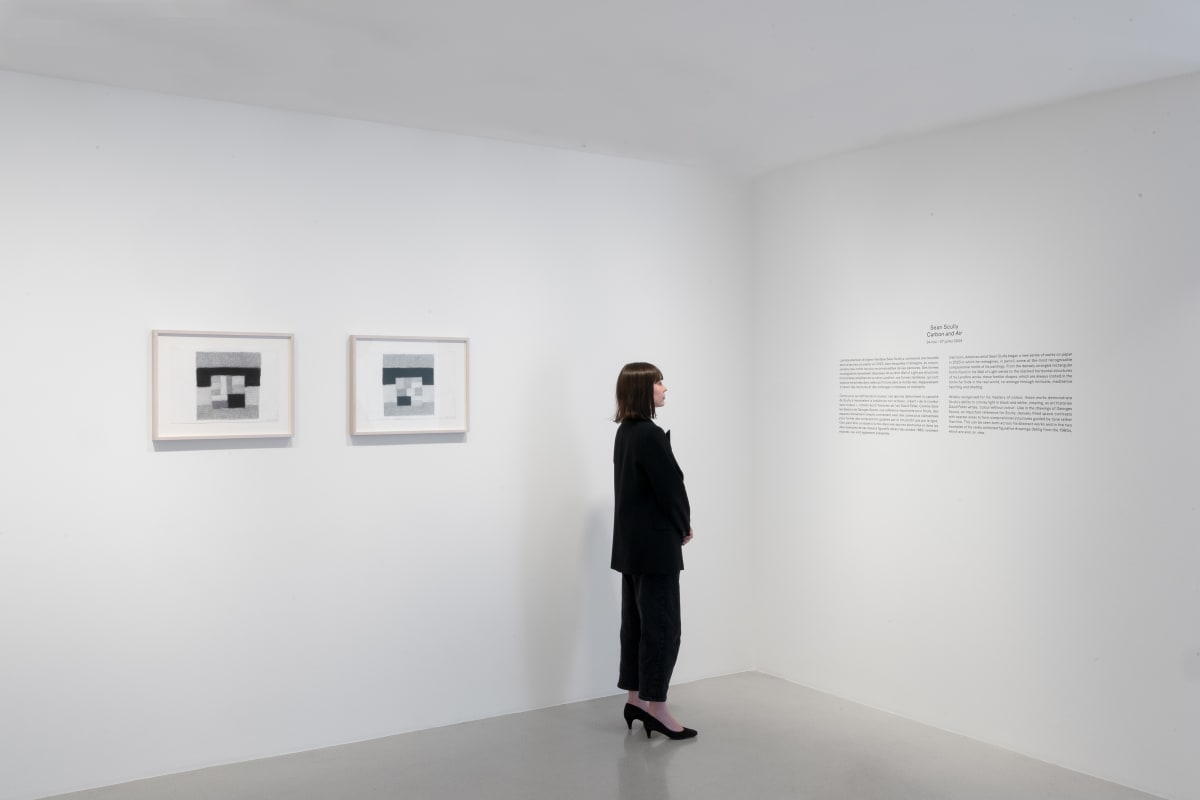Serpentine Galleries Presents ‘Georg Baselitz: Sculptures 2011-2015’
BY NARGESS BANKS
Ten wooden sculptures by the German artist Georg Baselitz, each shaped from an individual tree trunk, stand and recline and hover over the daylight-lit rooms of the Serpentine South gallery. Some are enormous, carved with twisting and turning shapes and crude, rough edges. They are at once overpowering yet soft and gentle. And there is humor and humanity in their interactions.
“Georg Baselitz: Sculptures 2011-2015” is the first public showing of this body of work, created between the dates on the title and modeled on himself and his wife Elke, a life-long inspiration and artistic partner, with subjects that reflect on history, personal life, childhood memories. “What is essentially being exhibited is like a cabinet of wonders: a sphere within a sphere within a sphere from a tree trunk with a chainsaw,” says Baselitz of the exhibition.
“Georg Baselitz: Sculptures 2011-2015” forms part of Serpentine’s ongoing program, highlighting a lesser-visited side to an established artist’s practice. In this instance, the curation team anchored the theme around “the artist’s artist” — an idea born out of the Serpentine’s artistic director Hans Ulrich Obrist’s observation that a sweep of contemporary artists he spoke with noted Georg Baselitz as their inspiration.
Among them is British artist Tracey Emin, who has contributed a handwritten letter to Baselitz in the accompanying exhibition catalog. “Your art is unapologetic. You have spent your life emptying your soul,” she writes. “In the 1990s, when it felt to me that emotional doors of art were closed, you were there, forcefully trying to smash them open … you kept the gateways open for artists like me”.
Elsewhere in the catalog, the contemporary American visual artist and sculptor Rashid Johnson quotes the Japanese film director Akira Kurosawa, who said, “To be an artist means to never avert one’s eyes.” With Baselitz, Johnson writes, “the lack of aversion is evident in his ambition to look inside. The interior landscape that he shows us is sometimes frightening, often overwhelms, supersedes medium and leaves me with the reward of having stimulated more questions than answers.”
With a career spanning over six decades, Baselitz is one of the most prolific artists of his generation. He has also been one of the most controversial, with his early background fundamental to understanding his artwork. Born Hans-Georg Kern in Deutschbaselitz in 1938 in what later became East Germany (in 1958, he fashioned his name after his birthplace), his father was a committed Nazi, and the young Baselitz grew up in the immediate aftermath of World War II, witnessing the horrors of war and destruction of Dresden — all of which very much shaping his ideas. Following a brief stab at Social Realism at an art school in East Berlin (from where he was expelled for incorporating the work of Picasso into his), in 1958, Baselitz moved to West Berlin, where he dabbled in abstraction before forming his distinct style centered on the human form.
In 1969, Baselitz began painting his characters upside down — the body of work for which he remains best known. He wanted to break away from the representational characters of his earlier career, to disrupt order and the convention of perception. He often stated that he inverts his paintings and people to irritate his viewers, believing you’re more likely to look closer when disturbed. Turning figures upside down also invites abstraction and offers a fresh perspective on the world.
Baselitz’s first sculptural exploration was in 1979-80 with “Model for a Sculpture,” exhibited at the Venice Biennale. Serpentine exhibition curator Tamsin Hong says the artist sees this piece as one of his most fundamental sculptural works, after which he continued to work through the possibilities of the three-dimensional form, carving crude figures and body parts from timber to explore the tension between figurative representation and abstraction. Baselitz wrote in 1985 that sculpture “is a thing like a miracle. It is built up, decked out, made arbitrarily not as the sign of thoughts but as a thing within the limits of the shape.”
“We wanted this show to give an intimate studio experience,” explains Hong as she shows me around the Serpentine. Central to the exhibition are, therefore, 68 accompanying sculptural drawings in pencil, pen and ink that hang on the walls. Rather than preparatory sketches, these are delicate drawings that allude to the artist’s process and theories — a dip into his mind to see how he thought about sculpture, space and material. They tell a compelling story of the challenges of translating an idea onto a three-dimensional volume — a chunk of timber.
Nestled within Kensington Gardens and the surrounding Hyde Park, the Serpentine gallery setting accentuates Baselitz’s timber forms, their connection to nature, and the forests of Saxony, which inspired the artist. Exhibiting only ten pieces also allows for enough space within the gallery for the viewer to walk freely around these giant artworks, take in their form and engage with the performative side of sculpture.
A motif that echoes throughout the Serpentine’s sculptures (and features heavily in the drawings) are these giant crude hoops that wrap around the vertical and horizontal timber figurative timber shapes. They speak of the challenges Baselitz sets for himself, the artistry needed to carve such circles and straight lines from a single piece of wood. Hong says, “Even at 85, he still thinks about how his practice needs to move and shift.”
Particularly arresting are four sculptures grouped in the central room at the Serpentine. Reaching over two meters high each, “Sing Sang Zero,” “Yellow Song,” “Louise Fuller,” and “BDM Gruppe” collectively explore the dynamics of the human form and our connection to nature. While “Sing Sang Zero” is playful and “Yellow Song” poetic and joyful, confronting painful histories, “BDM Gruppe” draws from Baselitz’s childhood memory of seeing his sister Rosi walk casually arm-in-arm with friends all dressed in their League of German Girls (a branch of the Nazi youth movement) uniforms. The curator, Hong, says Baselitz doesn’t want to forget memories even if they are as challenging as this.
Most moving of all the work exhibited here is perhaps “Zero Mobil,” a vast timber sculpture suspended from the ceiling; the skull motif and visible connecting additional wires form a dialogue on the cruelty and contradictions of humanity, as well as being a meditation on time, mortality and fragility of life. Sculpted from a single piece of timber, it embraces materiality with all its plasticity — its crude human marks, rough pickaxes and raw edges.
Baselitz positions himself within a broader German philosophical tradition. “He points to the complexity of humanity,” says Hong. “His view of humanity is not to be depressed about it, nor to be hopeful but to have a Zen-like acceptance of the human condition. Likewise of materials. He isn’t illusionistic – he’s aware of the play and complexity of memory — but doesn’t shy away from difficult and complex ideas.”
Baselitz says of his creations: “My carvings are best described by Immanuel Kant: ‘Out of the crooked wood of humanity, nothing entirely straight can be built. It is only the approximation of this idea that nature imposes upon us’.”













































































































































































